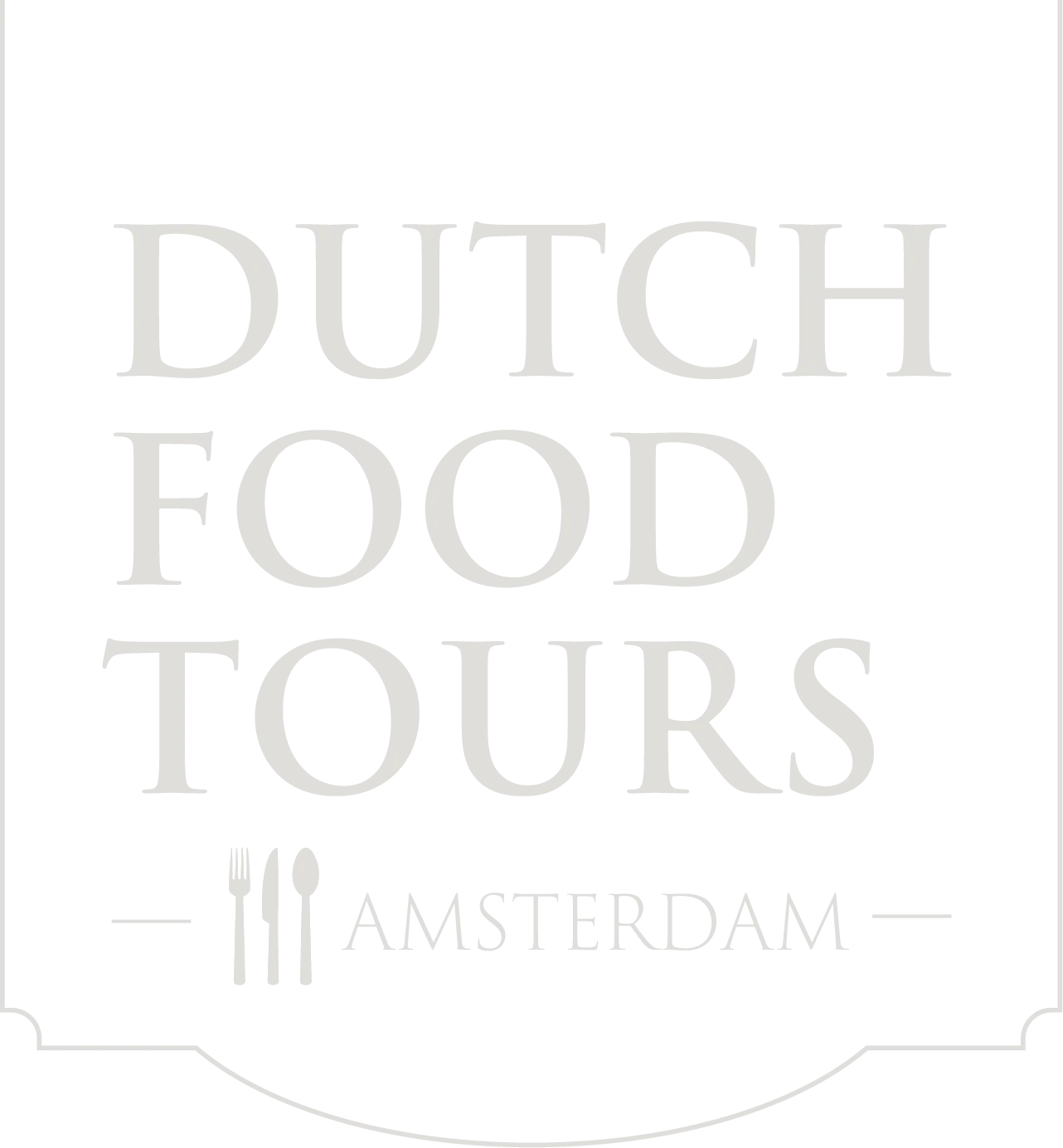⏰ Dinner at 18:00 Sharp
If you ever find yourself in the Netherlands at exactly 18:00, you might notice something strange—suddenly, the streets are quieter, and windows reveal families gathered around the dinner table. Eating at six is practically a national law. Why? Probably a mix of tradition, efficiency, and an old-school work schedule. Dutch people like structure, and dinner is no exception.
🍞 The Bread-Only Lunch
While the rest of the world experiments with poke bowls and gourmet salads, the Dutch stick to the basics: two slices of bread, a slice of cheese, and maybe—if they’re feeling adventurous—a bit of butter. For years, this was the unshakable standard, but times are changing. More people are switching it up with salads, soups, or even (gasp) warm meals. But deep down, a Dutch lunch will always be about bread.
🍫 Hagelslag: The Breakfast Candy
Most countries frown upon eating chocolate for breakfast. The Netherlands? They double down and sprinkle it generously over buttered bread. Hagelslag (chocolate sprinkles) is not just for kids—adults eat it too, without shame. It’s essentially dessert for breakfast, and somehow, that’s completely normal here.
🍟 Fries. Ain’t. No. Side. Dish.
In many places, fries come as a side. In the Netherlands? Fries are the meal. Whether it’s a giant paper cone from a street vendor or a plate of ‘patat oorlog’ (fries drowned in peanut sauce, mayo, and onions), the Dutch take their fried potatoes very seriously.
☕ The Sacred Coffee Ritual
Visiting a Dutch home? Expect coffee. One cup. Maybe two if you’re lucky. And a single biscuit to go with it. That’s it. No refills, no endless cookie plates—just a perfectly rationed caffeine break. It’s polite, it’s practical, and it’s very Dutch.
🍟 No Ketchup, only Mayo (And Yes, Pulp Fiction Knows It)
Dutch fries and mayo go together like bikes and rain. Ketchup? Not so much. If you’ve seen Pulp Fiction, you might remember the scene where they talk about how the Dutch dip their fries in mayonnaise instead of ketchup. And yes, that’s completely accurate. But if you want to go full Dutch, try ‘patat speciaal’—fries with a mix of mayo, curry ketchup, and onions.
🥞 Pannenkoeken as a Dinner? Yes, Please!
Pancakes? Dutchies love them. But here in the Netherlands, pannenkoeken (Dutch pancakes) are a legit dinner. And they’re not just sweet—they also can be savoury, folks! They come with all sorts of toppings, from bacon, cheese to chicken or even salmon, making them a hearty meal perfect for each and everyone!
❄️ Stamppot is a Winter-Only Sport
Ask a Dutch person if they want to eat a steaming plate of mashed potatoes with kale and sausage in July, and they’ll look at you like you just suggested wearing a ski suit to the beach. Stamppot is a cold-weather dish only, and eating it outside of winter feels just plain wrong.
The Dutch have some peculiar food habits, but let’s be honest—that’s part of the charm. Want to experience the best (and weirdest) of Dutch cuisine? Join our food tour and get the full Dutch dining experience—mayonnaise included!
